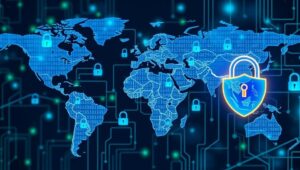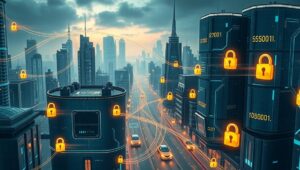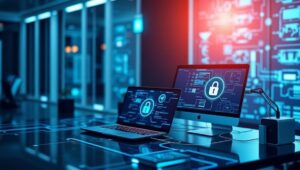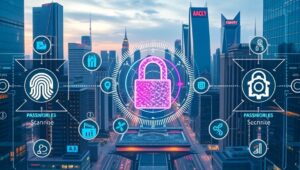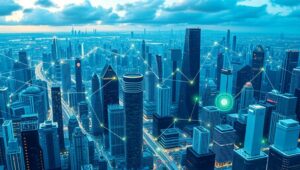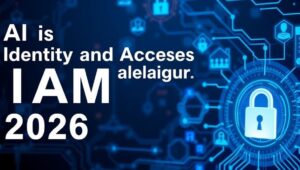May 25, 2025
Securing Unstructured Data: The Next Frontier (2026)
Securing Unstructured Data: The Next Frontier (2026) In 2026, the challenge of securing unstructured data has moved to the forefront of cybersecurity concerns. Unlike structured data, which resides in databases with defined schemas, unstructured data encompasses a vast and varied landscape of documents, emails, videos, audio files, and social media posts. This data explosion, fueled by advancements in AI and IoT, requires a paradigm shift in how organizations approach data protection. The Unstructured Data Challenge Unstructured data’s inherent characteristics make it difficult to secure: Volume and Variety: The sheer volume and diverse formats of unstructured data create complexity. Lack of

